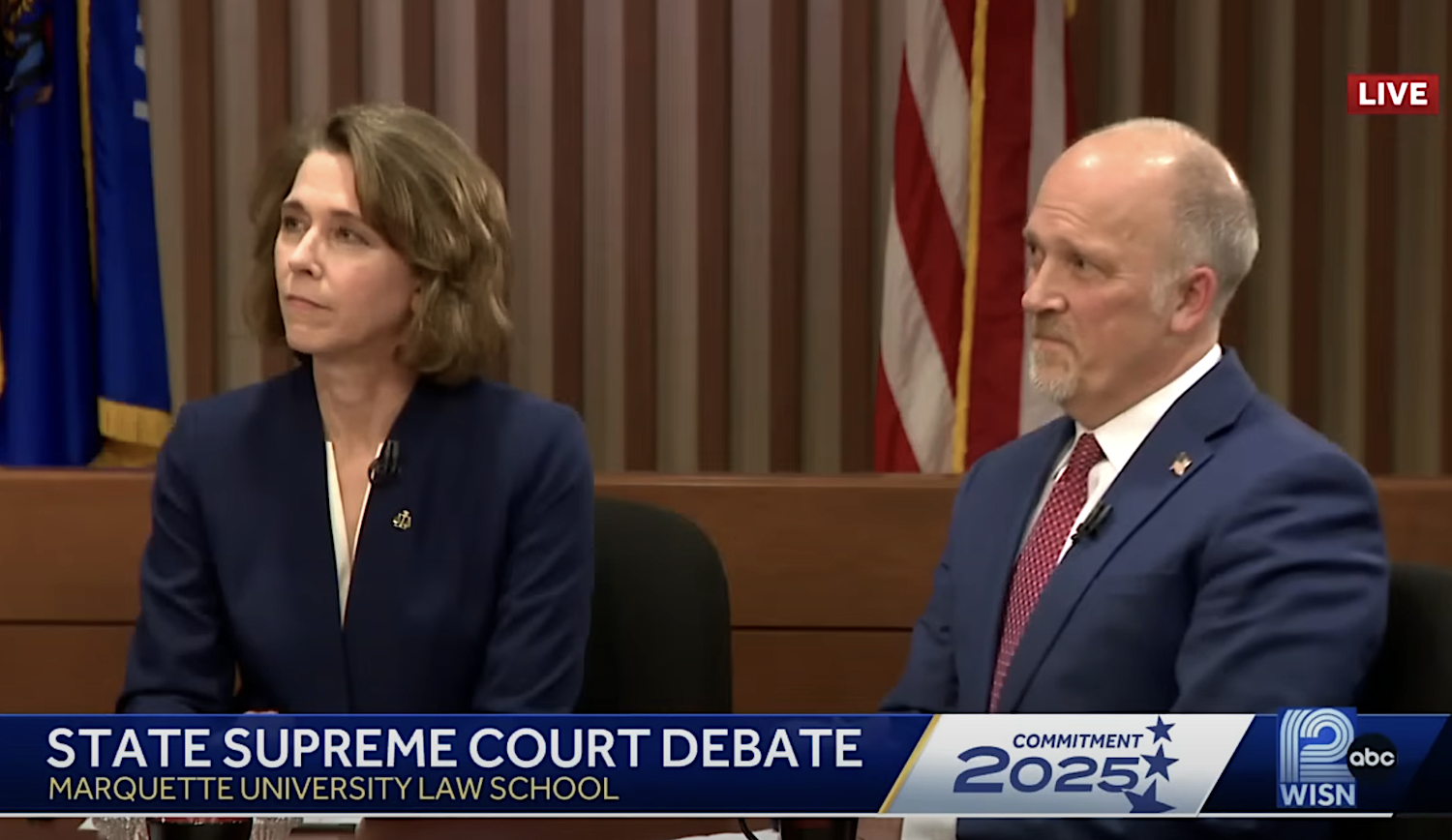What the Electoral College is and how it affects elections – Washington Examiner
The **Electoral College** is a crucial component of the United States presidential election system, established in the Constitution to serve as a compromise between direct popular voting and congressional selection of the president. The College consists of 538 electors, with each state allocated a number of votes based on its congressional representation (senators and representatives). Each state has at least three electoral votes, and the larger states, such as California, have more.
Historically, the Electoral College was designed to empower states and ensure that candidates appeal to a diverse electorate across various regions, rather than focusing solely on populous urban areas. Voters in each state cast their ballots for a slate of electors pledged to a presidential candidate, who then officially votes for the president.
This system has come under scrutiny, particularly in cases where candidates have won the presidency without winning the popular vote, as seen in the elections of 2000 (Bush vs. Gore) and 2016 (Trump vs. Clinton). Such outcomes have led to discussions about abolishing the Electoral College in favor of a national popular vote, which would award the presidency to the candidate receiving the most votes nationwide. Despite calls for reform, the Electoral College remains a foundational aspect of American elections, with its impact shaped by demographic changes and the shifting political landscape.
What the Electoral College is, why we have it, and how it affects elections
The Electoral College has received a lot of attention of late, leading many to question why it exists — and what it would take to remove it.
In two of the six presidential elections conducted this century, the Republican candidate has triumphed over the Democrat despite losing the popular vote contest. In 2000, George W. Bush defeated Al Gore despite receiving about 500,000 fewer votes nationally. In 2016, Donald Trump took out Hillary Clinton while taking in almost 3 million fewer votes.
That has led scores of Democrats and Democratic-led states to embrace a national popular vote, which would simply award the presidency to the candidate who got the most votes overall. Gov. Tim Walz (D-MN) made such a call for a national vote during this election, though Vice President Kamala Harris’s campaign quickly distanced itself from the remarks.
The Electoral College system is embedded in the U.S. Constitution, with Article II, Section 1 reading that “each state shall appoint” electors to select the president, who then meet in their home states. The system doesn’t quite work the way it was originally designed, with electors now mostly bound to casting votes based on their state’s outcome rather than deciding on their own, but the basics of the design remain.
The Electoral College was designed as part of the wider system of checks and balances, vesting power in individual states to conduct their own elections and send their votes to Washington rather than having elections held at the federal level.
States are awarded Electoral College votes based on the size of their congressional delegations, with one vote given for each senator and U.S. representative. Each state thus has at least three votes, while the largest state, California, has 54.
The number of Electoral College votes each state holds changes after each census, which can have its own impact on presidential outcomes. For example, Bush beat Gore 271-266 in the 2000 election’s Electoral College but would win by a much wider margin today with the same states thanks to population shifts to the South.
Somewhat under the radar, but the share of electoral votes by state has changed quite a bit since 2000.
Bush narrowly edged it back then (left), but with the same states in 2024, Trump would win comfortably (right)
Largely because Florida and Texas have grown massively pic.twitter.com/8WS3Kujq9r
— François Valentin (@Valen10Francois) November 5, 2024
Bush would win with 289 Electoral College votes to Gore’s 249 with today’s map.
The system is designed to ensure that candidates must appeal to a wide variety of voters across different regions rather than simply trying to run up the score with base voters or those living in big cities.
Recently, that geographic dispersion has tended to favor Republicans, who perform better with rural voters, which is another reason Democrats have become weary of the Electoral College system.
In most elections, the “popular vote” winner has also won the Electoral College. In Ronald Reagan’s 1984 landslide, for example, he took 58.8% of the national vote and 525 votes in the Electoral College.
But that isn’t always the case. Trump easily carried the Electoral College in 2016 despite getting fewer votes overall, taking it 304-227 over Clinton.
2024 ELECTIONS LIVE UPDATES: LATEST NEWS ON THE TRUMP-HARRIS PRESIDENTIAL RACE
A tantalizing but unlikely scenario exists in the form of an Electoral College tie at 269-269, which would send the election to the House of Representatives, in which each state delegation would cast a single vote. That scenario would likely end in a win for the GOP candidate.
For this year’s election, the Electoral College will remain in place. If Trump wins the election while Harris brings in a higher vote total, expect calls to replace it to become even louder over the next four years.
" Conservative News Daily does not always share or support the views and opinions expressed here; they are just those of the writer."





Now loading...